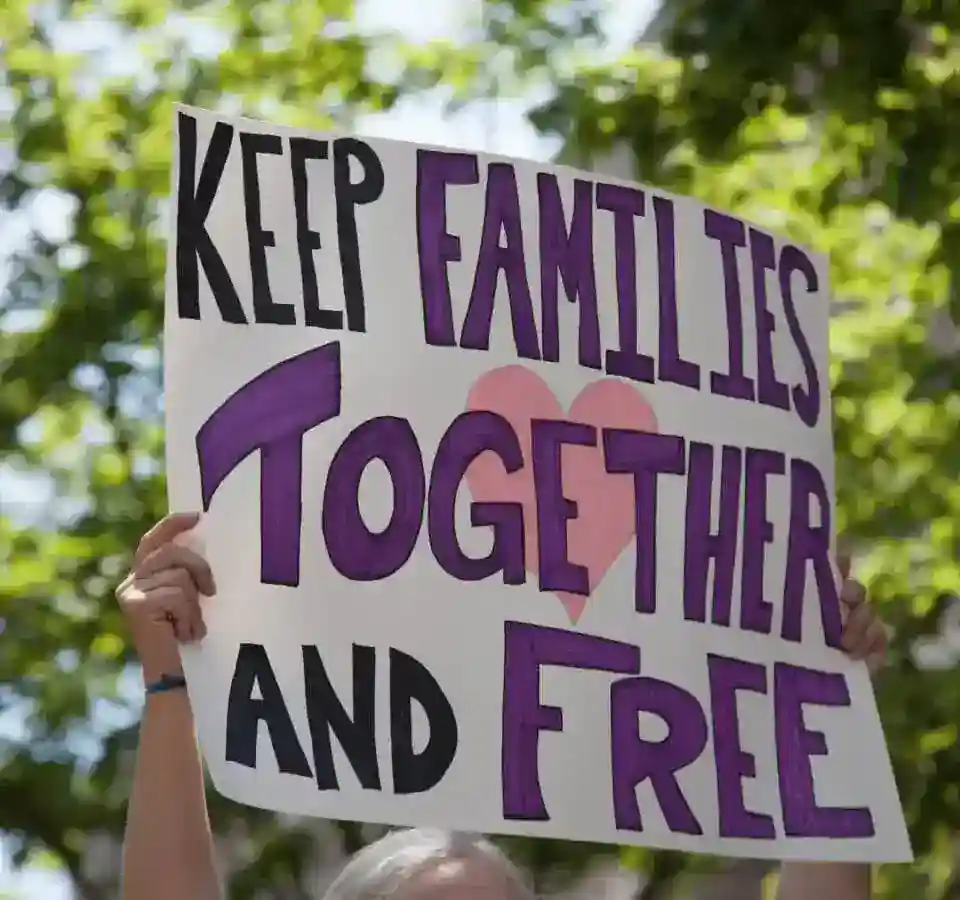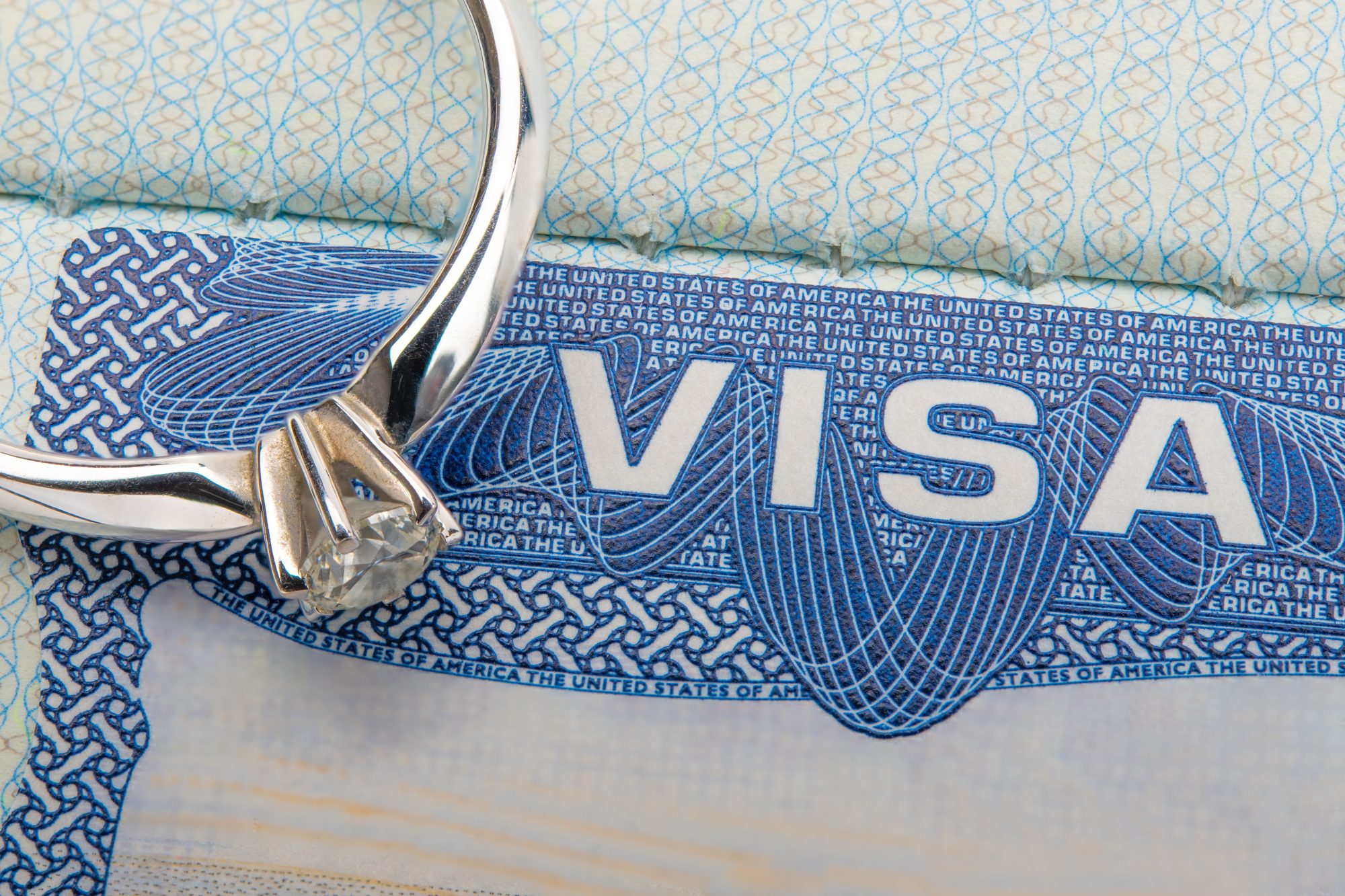How to Prove Continuous Residence and Physical Presence for Naturalization
The path to U.S. citizenship through naturalization requires meeting specific requirements that can feel overwhelming. Among the most critical elements are proving continuous residence and physical presence in the United States. Understanding these requirements and gathering the proper documentation can make the difference between a successful application and costly delays. At Zaveri Law Firm P.C., our team understands the nuances of naturalization and can help guide you through the process.
Understanding the Two Key Requirements
Continuous residence refers to your uninterrupted status as a lawful permanent resident (green card holder) in the United States. For most applicants, you must demonstrate five years of continuous residence immediately before filing your naturalization application. However, if you’re married to a U.S. citizen, this period reduces to three years.
Physical presence measures the actual time you’ve spent on U.S. soil. You must be physically present in the United States for at least half of the required continuous residence period, typically 30 months out of five years, or 18 months out of three years for spouses of U.S. citizens.
These requirements work hand in hand. While continuous residence focuses on maintaining your legal status, physical presence ensures you’ve actually lived in America and developed meaningful ties to the community.
Why These Requirements Matter
U.S. Citizenship and Immigration Services (USCIS) uses these criteria to evaluate whether you’ve established genuine roots in America. They want to see that you haven’t simply held a green card while living abroad. One client recently shared how a single extended trip to care for an aging parent nearly derailed their naturalization timeline, highlighting just how seriously USCIS takes these requirements.
Essential Documentation for Proving Continuous Residence
Building a strong case requires meticulous record-keeping. Here are the key documents you’ll need:
- Tax returns and W-2 forms for each year of required residence
- Employment records, including pay stubs, employment letters, and job history
- Lease agreements or mortgage documents showing your primary residence
- Bank statements and financial records demonstrating ongoing U.S. financial ties
- School enrollment records for you or your children
- Medical records from regular healthcare providers
For physical presence, travel documentation becomes crucial:
- Passport stamps showing entry and exit dates
- Flight itineraries and boarding passes for international travel
- I-94 arrival/departure records available through CBP’s online system
- Employment travel records if your job required international trips
Common Challenges and Solutions
Many applicants struggle with incomplete travel records. We recently helped a client whose passport was damaged in a flood, destroying crucial entry stamps. By working with airlines to obtain historical flight records and coordinating with CBP to access electronic travel history, we successfully reconstructed their travel timeline.
Another frequent issue involves extended trips for family emergencies. The law allows for certain absences, but documentation is key. If you’ve taken trips lasting more than six months, gather evidence of your intent to maintain U.S. residence:
- Property ownership or rental agreements maintained during absence
- Family ties demonstrating reasons for return
- Employment arrangements showing planned return to work
- Banking relationships kept active throughout the trip
Practical Steps for Success
Start preparing early. Begin collecting documents at least six months before filing your application. Create a comprehensive timeline of your residence and travel history, noting any gaps or concerns.
If you discover potential issues, don’t panic. We’ve seen clients overcome significant documentation challenges through careful preparation and strategic presentation of alternative evidence. Sometimes, a detailed affidavit explaining circumstances, supported by corroborating documents, can address concerns effectively.
Consider working with experienced counsel to review your case before filing. Immigration law includes numerous exceptions and nuances that can significantly impact your application’s success.
Moving Forward
The naturalization process represents a significant milestone in your immigration journey. While proving continuous residence and physical presence requires careful attention to detail, proper preparation and documentation can help ensure a smooth path to citizenship.
Remember that each case is unique, and what works for one applicant may not apply to another. If you’re concerned about meeting these requirements or need help gathering documentation, professional guidance can provide the clarity and strategy necessary for success. At Zaveri Law P.C., we’re committed to helping you navigate this crucial step toward achieving your American dream.





